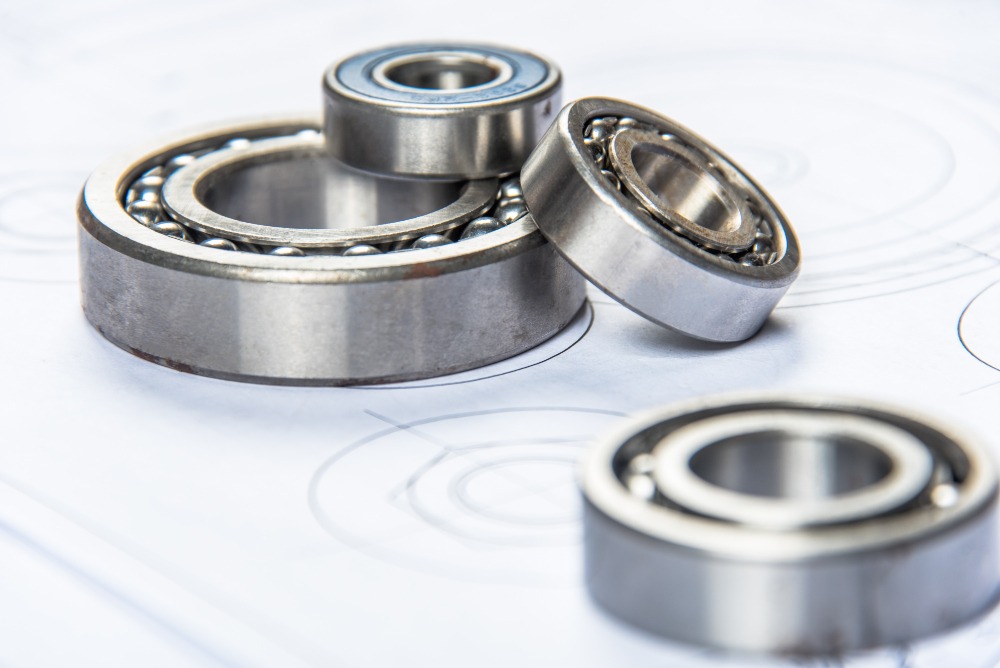Using CNC machined components for precision engineering

Introduction
CNC machined components are a very important category of engineering products. These machined components are critically important in most industries. Their main role is in enabling large-sized manufacturing equipment to seamlessly produce a large variety of products. These components are primarily used in industries such as automobiles, aerospace, and many more. The primary reason for the use of machined components in large equipment is their ability to be programmatically controlled. In the term CNC or computer numerical control, the machining ability of the component is computer controlled. Machine tools can remove layer after layer of the material from the workpiece or block of material. The desired design is programmed and the machine tool will replicate the design on any blank piece or core component by removing layer after layer.
When vetting reliable CNC machine shops capable of handling highly precise, complex parts manufacturing challenges, companies making critical component investments should ensure shops meet rigorous best cnc machine shop criteria including proven capabilities, top-tier equipment, quality assurances and capacity commitments meeting required volumes.
CNC machines are ideal for use in creating milling slots or cutting sharp edges of raw materials. It is also used extensively to drill holes in mechanical components. Some of the latest types of CNC machines are milling machines, plasma cutting CNC machined components for precision engineering machines, laser cutting machines and six-Axis CNC machines. Most commonly, machining is defined as a prototyping process in CNC machines that has a special capability to operate in different directions called an axis. For example in a six-axis CNC machine the operator can move the machine in six directions in a single operation. Therefore the benefit of using a CNC machine is to automate a manual process and support error-free machining. Their ability to move in six different directions without manual placement has made CNC components very popular in the industry.
CNC machined components for precision engineering
CNC machined components are specifically used in heavy-duty industries that work with large blocks of materials. Machining Tools are used for cutting down the size of a raw material for the specific measurement of a manufacturer. The theory behind machining a part is to bring the final shape,design, or size, by continued removal of the material. The method of removing material using machining parts is called subtractive manufacturing.
A wide range of Machining Tools is available in the market. While some of them were made in the early 19th and 20th centuries many have evolved and continue to be used in the following cases. They are mainly found to operate as turning machines. Such machines are found in lathes and boring mills. The second type of Machining Tool is used as shapers and planers. A more evolved machining tool is the drilling machine range. Milling machines are commonly used in diverse industries. Grinding machines are another type of machining tool that find great use in engineering equipment manufacturing. A very useful and critical machining tool type is the power saw. The last type of machining tool is ‘presses.’
There are 2 types of machining processes used in most manufacturing industries. The two types are turning and milling. While a number of other processes have been in use, they all rely on these two in the final processes. For example, a drill bit is installed on a lathe to work on a drill press or for turning a drill press. Commercially machining is performed in a section called as the machine shop. It typically consists of many work rooms with machine tools that are used in stand alone operations and internal machining needs. The primary focus of CNC machine component activity is to match the specific needs of the blueprints or engineering drawings provided for manufacturing. The precession achieved with the correct finish and surface smoothness on the webpage is the primary need of the machining industry.




























